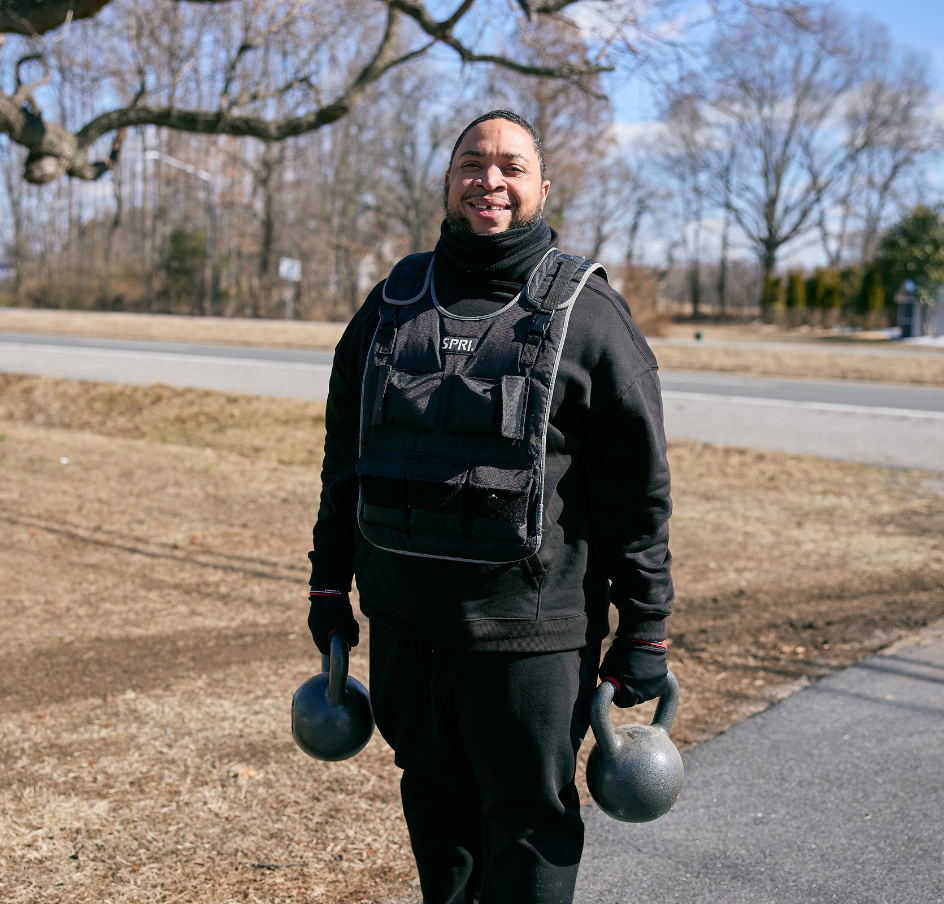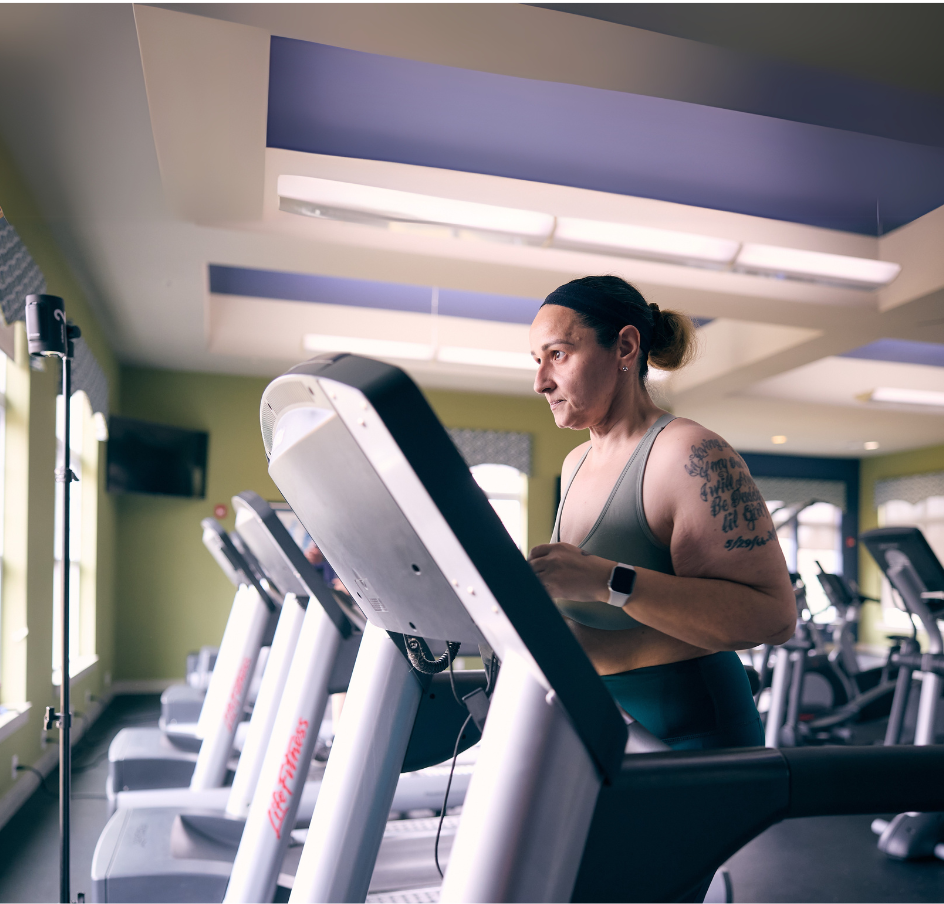An MRI confirmed Ed had a large tumor growing on each of his kidneys. Only a month earlier, the 69-year-old thought he was perfectly healthy. In fact, if it wasn’t for a slightly suspicious finding in his blood work from a routine exam, Ed would have continued leading his life without interruption.
Following the MRI, Ed met with a local surgeon who told him he wanted to remove his right kidney and possibly left one too. As a result, Ed would probably be on dialysis for the rest of his life.
Upon hearing this, his primary care physician felt Ed would benefit from a second opinion and connected him with Daniel D. Eun, MD, Chief of Robotic Surgery at Temple University Hospital.
Based on the MRI report, Dr. Eun was confident he could save at least one of the kidneys, if not both using minimally invasive robotic surgery techniques. That’s what he told Ed when he met him for his first appointment.
An improbable recovery
The following week, Dr. Eun performed the first of two minimally invasive robotic surgeries, carefully removing the first tumor from Ed’s kidney over the course of six-and-a-half hours. It was a challenging but rewarding operation because Dr. Eun was able to save the kidney.
“I was relieved at that point because it meant that Ed would not have to go on dialysis,” Dr. Eun says.
Six weeks later, Dr. Eun removed the second tumor. That surgery took four-and-a-half hours.
Both tumors turned out to be malignant, meaning the tumors were cancerous, but the cancer had not spread beyond the tumors.
While Dr. Eun was able to save both of Ed’s kidneys – an outcome that overjoyed Ed – he predicted that Ed would likely be left with kidney dysfunction, a condition that can be managed but not cured.
But as Ed followed up, his creatinine level got better and better. In most men, a creatinine level between 0.7 and 1.3 is an indication of healthy kidneys. Over the weeks following Ed’s second surgery, his level fell to 1.9, then 1.8, before finally leveling off at 1.7.
“My nephrologist says that I’m doing great, that value is just my new normal,” Ed says.
The feeling is mutual
“Strangely, I was perfectly calm when I met Dr. Eun. When he said he could remove my tumors and leave my kidneys intact, it’s what I was expecting him to say. To me, it made perfect sense to go with the robotic surgery. Removing my kidneys was the old-school approach,” Ed says. “And Dr. Eun made it even easier for me because he’s so pleasant and always upbeat. I thank God for him and his whole team.”
Ed has modeled trolley cars since he was a kid. To thank Dr. Eun, he presented him with a model of an old Philly trolley car he adorned with customized decals. On the front and back of the car, it says “Temple Health.” There’s a giant Temple “T” on the roof. And on one of the sides, it says “Dr. Daniel Eun.”
For Dr. Eun, the debt had already been paid.
“I’m just so invested in these specialty procedures,” he says. “I take great pride in my patients being able to get better.”
Helpful Resources
Looking for more information?

